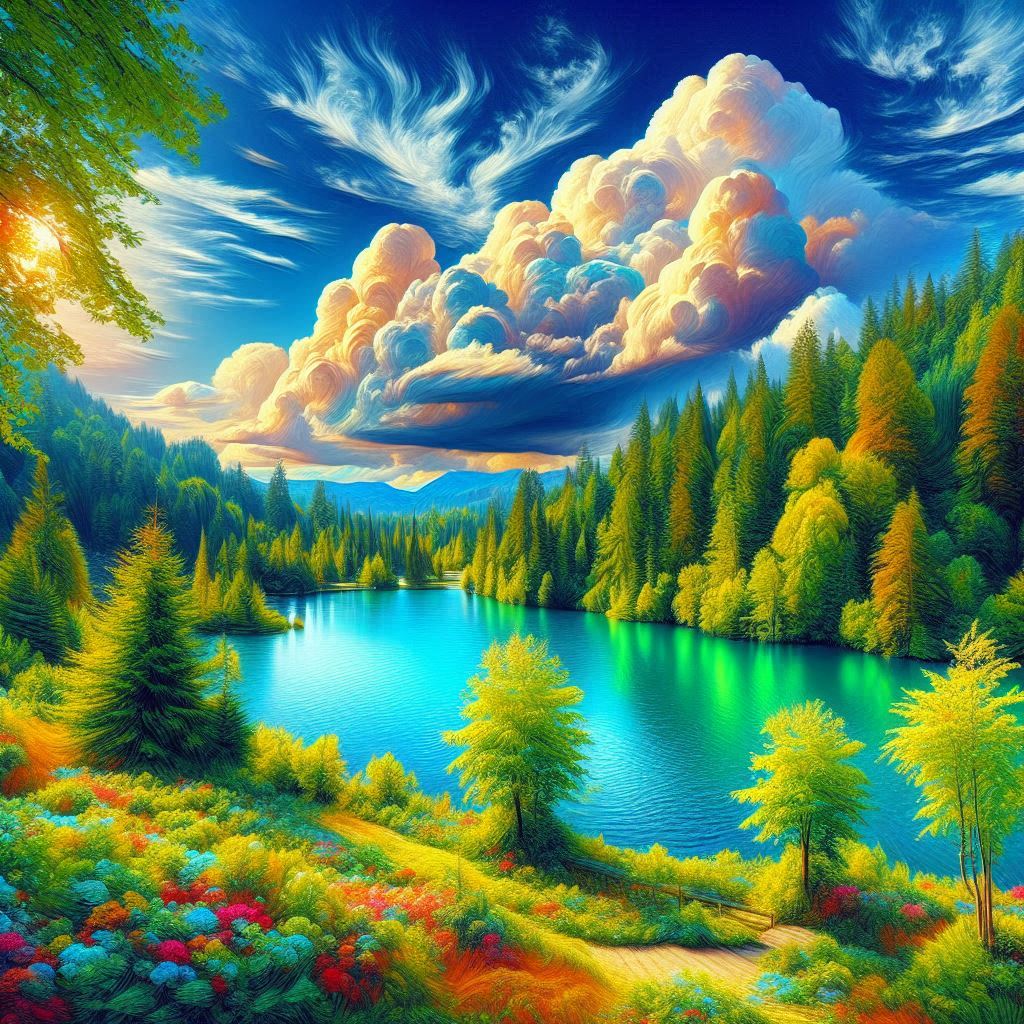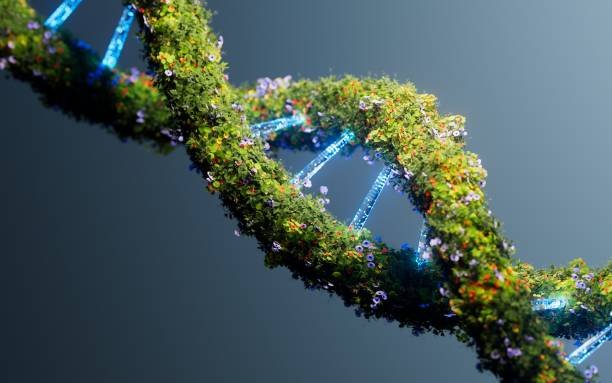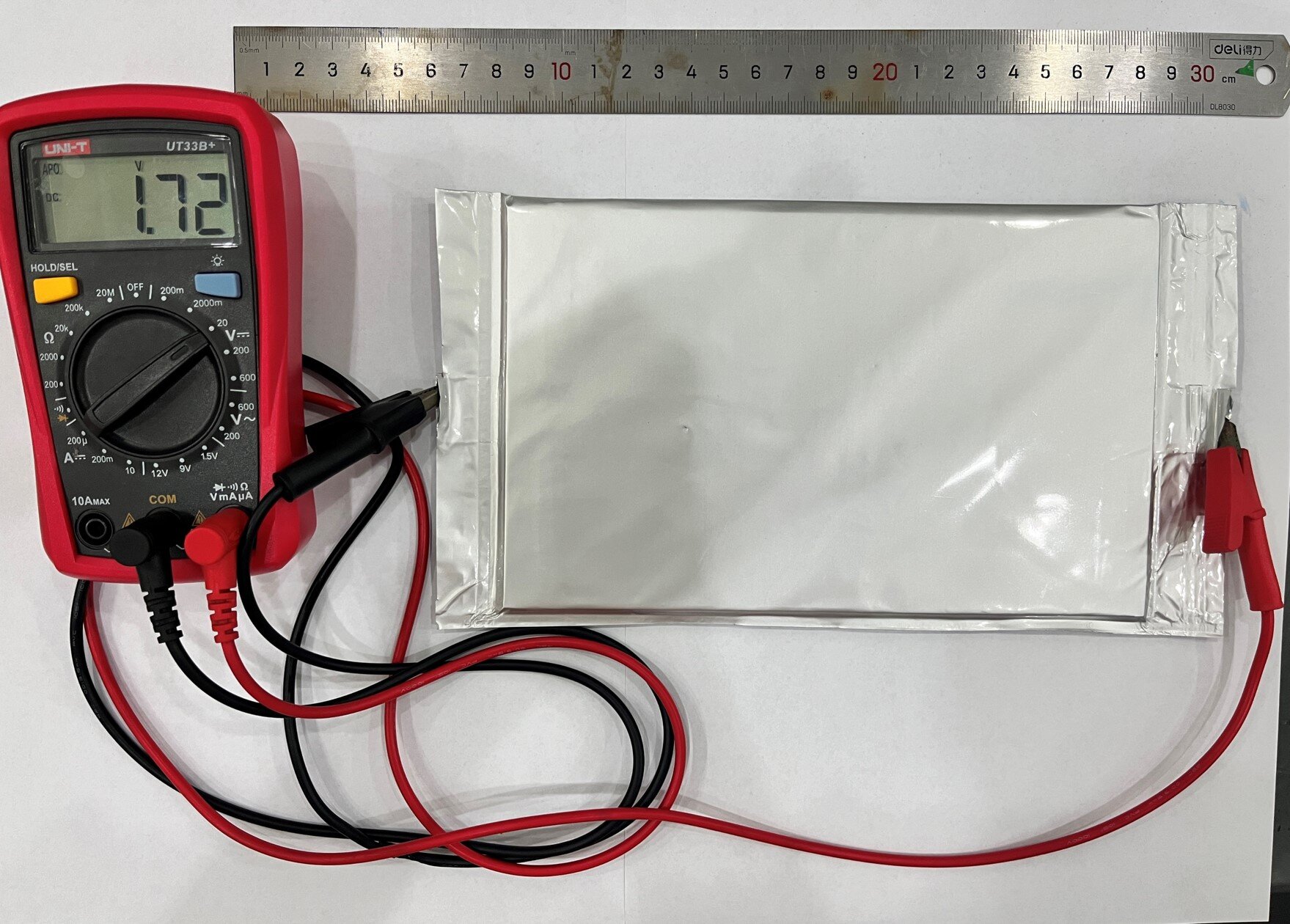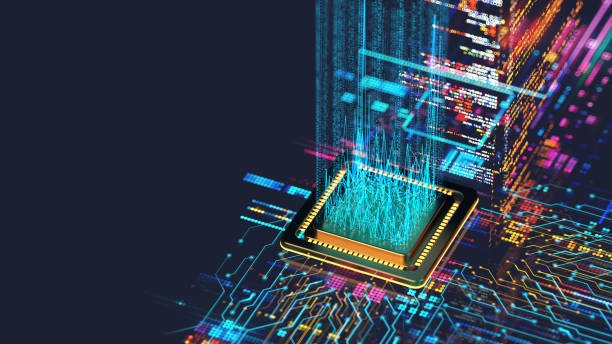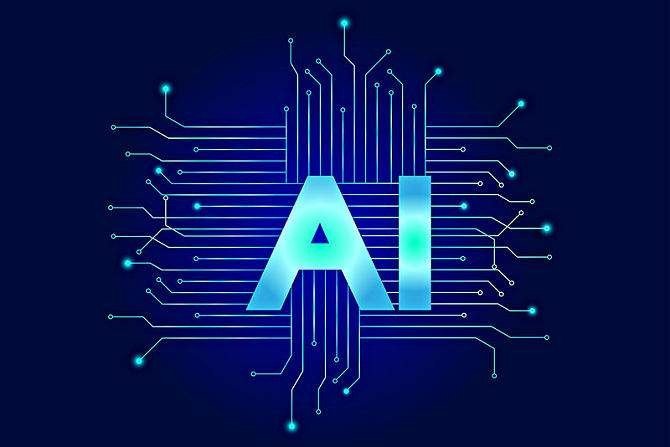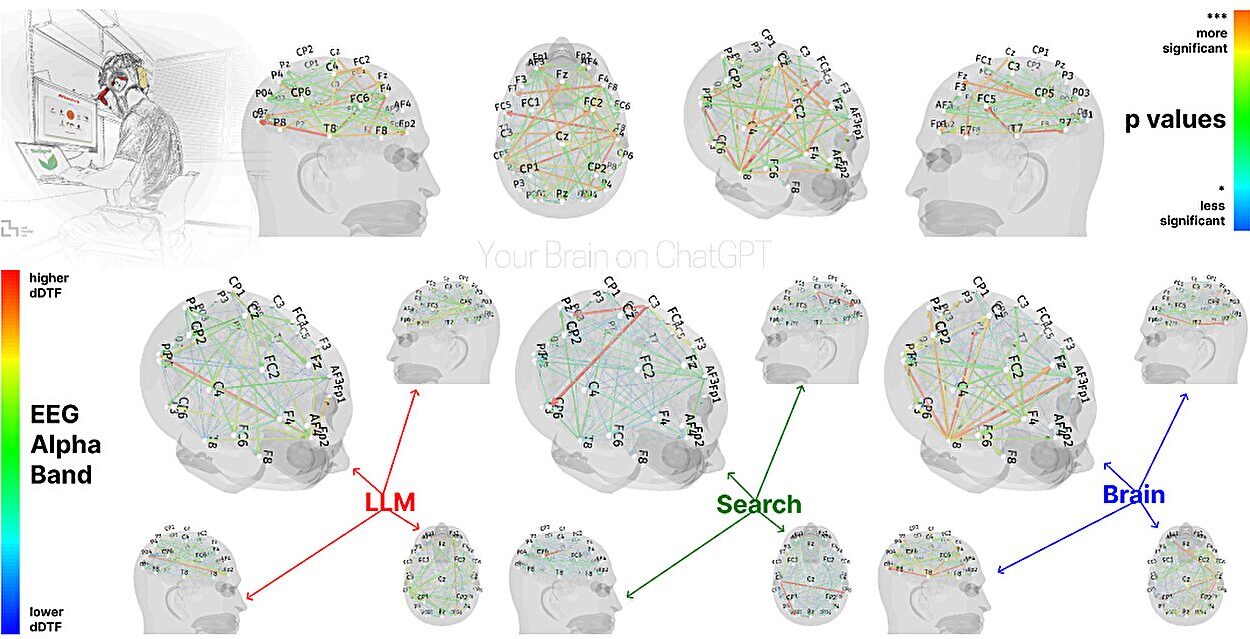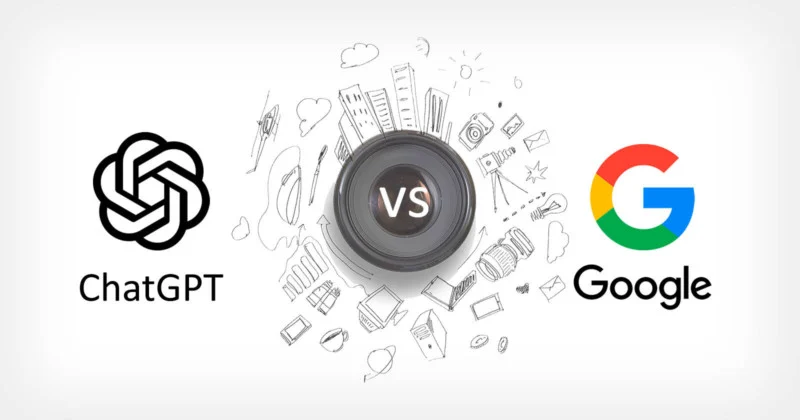In an era where technology is advancing at an unprecedented rate, one question that has captivated the minds of artists, engineers, philosophers, and technologists alike is whether artificial intelligence (AI) can truly be creative. For centuries, creativity has been a deeply human trait, closely tied to emotions, imagination, and intuition. But now, with the rise of AI tools capable of generating art, music, and even poetry, we must confront the challenging idea: Can machines possess creativity?
This question doesn’t just pertain to abstract philosophical debates. It affects the very nature of art, the role of human artists, and how we perceive intelligence itself. It also poses the challenge of understanding whether AI-generated art can be considered original, whether it reflects the unique perspective of its creator, or if it is simply a result of complex algorithms and data processing.
In this exploration of machine-generated art, we will delve into the evolution of AI in creative fields, examine how these systems generate art, and consider the implications of their creations. We will explore the philosophical underpinnings of creativity, the technical aspects of machine learning algorithms, and the evolving relationship between artists and AI tools. Is AI capable of being truly creative? Or does it merely mimic the creativity of humans? Through this journey, we hope to uncover new insights into the nature of both artificial intelligence and human creativity.
The Birth of AI and Creativity: A Historical Perspective
To understand whether AI can be creative, it is essential to consider the history of both art and artificial intelligence. Creativity has long been considered an exclusively human trait, nurtured by our experiences, emotions, and sense of individuality. From cave paintings to the Renaissance masterpieces, the history of art is a testament to human ingenuity and expression. But the notion of machines as creators is relatively new.
The concept of artificial intelligence itself emerged in the mid-20th century, when computer scientists like Alan Turing began to explore the possibility of machines that could simulate human thinking. Turing’s famous question, “Can machines think?” has since become one of the foundational inquiries in the development of AI. Early on, AI was seen as something that could solve problems and perform tasks traditionally carried out by humans. But creativity, an area where intuition and emotional resonance are key, was often thought to be beyond the reach of machines.
As AI research progressed, the idea of creating intelligent machines capable of artistic expression became more tangible. In the 1960s and 70s, early AI programs were developed that could generate simple visual art, such as geometric shapes and basic patterns. These early experiments were primitive by today’s standards but laid the groundwork for future developments.
In the 1980s and 90s, AI researchers began exploring more sophisticated techniques, including neural networks and genetic algorithms, which could simulate more complex processes, including learning and adaptation. These techniques provided a more nuanced way of approaching creativity and artistic expression. But it wasn’t until the 21st century, with the advent of deep learning and massive computational power, that AI started to exhibit truly remarkable creative abilities.
Today, AI can generate art that is indistinguishable from the work of human artists. It can compose music, create paintings, design architecture, and even write poems. With the rise of platforms like DALL·E, GPT-3, and various AI music generators, the question has shifted from “Can AI be creative?” to “What does it mean for AI to be creative?”
The Role of Machine Learning in Artistic Creation
At the heart of AI creativity lies machine learning (ML), a subset of AI that allows machines to learn from data without explicit programming. In the context of art, this means that AI can be trained on vast datasets of existing artwork, music, or literature to learn the patterns, styles, and structures that define human creativity. Through this process, AI can generate new works that mimic or innovate on existing forms.
One of the most common forms of machine learning used in creative AI is deep learning, which involves neural networks with many layers designed to process data in increasingly abstract ways. Convolutional neural networks (CNNs), for instance, are widely used in image recognition and generation. These networks learn to identify and reproduce features from training data, such as color schemes, brushstrokes, and composition in the case of visual art.
Generative adversarial networks (GANs) have also emerged as a powerful tool for AI-generated art. GANs consist of two neural networks: a generator that creates new data (such as an image) and a discriminator that evaluates how realistic the data is. Through an iterative process, the generator learns to produce images that become increasingly sophisticated and indistinguishable from real artwork.
These technologies have enabled AI to create works that not only imitate the styles of famous artists but also introduce new possibilities and approaches to art creation. For example, AI can combine elements from multiple artistic traditions or generate entirely novel visual languages. It’s through this combination of technical prowess and artistic intuition that AI’s creative capabilities begin to shine.
The Process of Creating Art with AI: From Code to Canvas
To fully appreciate the creativity of AI, it’s essential to understand the process behind the creation of AI-generated art. When an artist or a researcher uses AI to generate artwork, they typically begin by selecting or curating a dataset. This dataset might consist of thousands of paintings, photographs, musical compositions, or written works. The AI is then trained on this data, learning the patterns, textures, themes, and nuances that define the genre or medium.
Once the AI has learned from the dataset, it can begin to generate new pieces based on the patterns it has internalized. In some cases, the AI might create works that closely resemble the training data. In other instances, it might introduce unique elements, blending different styles or experimenting with new techniques. The generated artwork is then presented to the artist or user, who can choose to refine, enhance, or modify it further.
The level of involvement of the human artist in this process varies. In some cases, artists act as mere curators or collaborators, guiding the AI by providing feedback or adjusting parameters. In other cases, the AI is entirely autonomous, creating art without any human intervention. This shift in the artist’s role challenges traditional notions of authorship and originality, as the boundaries between human and machine creativity become blurred.
AI and the Boundaries of Human Creativity
One of the most profound questions surrounding AI-generated art is whether it can truly be considered “creative” in the same way human art is. After all, creativity has long been tied to human consciousness, emotion, and experience. Can a machine, devoid of feelings and self-awareness, produce something that carries the same depth of meaning and resonance as a human-created artwork?
This question is especially pertinent when we consider the role of intention in creativity. When humans create art, they often do so with intention—whether to express an emotion, comment on society, or explore personal experiences. AI, on the other hand, lacks consciousness and subjective experience. Its “creativity” is based on algorithms, patterns, and data rather than a personal worldview or emotional state.
Moreover, some argue that AI art lacks the soul or essence that human-created art possesses. It’s one thing for a human artist to create a painting that reflects a lifetime of experiences, struggles, and dreams. It’s another for an AI to generate a work based on mathematical processes without any personal stakes involved.
However, others argue that the question of “soul” is beside the point. After all, art has always been shaped by external influences—cultural, social, and historical contexts. Just as humans are influenced by their surroundings and experiences, AI is influenced by the data it is trained on. In this sense, AI art could be seen as a reflection of the cultural and artistic landscape from which it is derived, albeit filtered through the lens of machine learning.
Furthermore, the creative process is often unpredictable, with artists sometimes stumbling upon new ideas and techniques by accident. In this sense, AI’s capacity for surprise and innovation challenges the notion that creativity is strictly a human domain. AI can generate artworks that humans would never have thought of, offering a new perspective on what it means to be creative.
The Ethical and Philosophical Implications of AI Art
As AI-generated art continues to gain prominence, several ethical and philosophical questions arise. One of the most pressing concerns is the question of authorship. Who owns the rights to a piece of AI-generated art—the machine, the programmer, or the user who guided the creation process? This question has serious implications for the art world, as it challenges long-standing concepts of originality and intellectual property.
In addition to authorship, there is the question of authenticity. When an AI generates an artwork, is it authentic in the same way a painting by Picasso or Van Gogh is? Can a machine’s work hold the same cultural significance as a human artist’s creation? Some critics argue that AI-generated art is merely a reproduction or imitation of existing styles, while others contend that it represents a new form of creativity that deserves recognition and respect.
The rise of AI art also raises concerns about the impact on human artists and the broader art industry. Will AI replace human artists, making their work obsolete? Will art become commodified and dehumanized as it’s increasingly generated by machines? These questions reflect deeper anxieties about the role of technology in creative industries and its potential to displace human workers.
At the same time, AI has the potential to empower artists, offering new tools for creative expression and pushing the boundaries of what’s possible. By collaborating with AI, artists can experiment with new techniques, create innovative forms of art, and explore new creative possibilities. Rather than replacing human artists, AI could serve as a powerful tool that amplifies human creativity.
AI and the Future of Art
As AI technology continues to evolve, so too will its role in the world of art. AI-generated art will likely become more sophisticated, producing works that are even harder to distinguish from human creations. The question of whether AI can truly be creative may become less important than the question of how AI and human creativity can coexist and complement one another.
In the future, AI could become a key collaborator in artistic endeavors, working alongside humans to create innovative and compelling works. Artists may use AI to generate preliminary designs, explore new visual languages, or experiment with novel forms of expression. Additionally, AI could be used to democratize the art world, allowing people with little formal training to create complex and beautiful works of art.
As we continue to explore the intersection of AI and creativity, we must be open to new definitions of what it means to create. AI may not have emotions or consciousness, but it has the potential to push the boundaries of human imagination and redefine the creative process. In this new era of machine-generated art, the question may no longer be whether AI can be creative, but rather how we as humans choose to engage with this new and exciting frontier of artistic expression.
Conclusion
In exploring the question of whether AI can be creative, we’ve examined the historical context, technological underpinnings, and philosophical debates surrounding machine-generated art. While AI lacks the subjective experience and emotional depth of human creators, it is undeniably capable of producing artwork that challenges our traditional notions of creativity.
The potential of AI in the art world is vast. Far from replacing human creativity, AI has the ability to complement and enhance it. As AI continues to evolve, it could become an invaluable tool for artists, offering new ways to express ideas, experiment with forms, and push the boundaries of artistic innovation.
Ultimately, AI’s role in art invites us to reconsider the nature of creativity itself. If creativity is about breaking boundaries, thinking outside the box, and experimenting with new ideas, then AI’s ability to generate novel works of art suggests that machines can indeed be creative—perhaps not in the way humans are, but in a way that challenges and enriches our understanding of art and expression.
